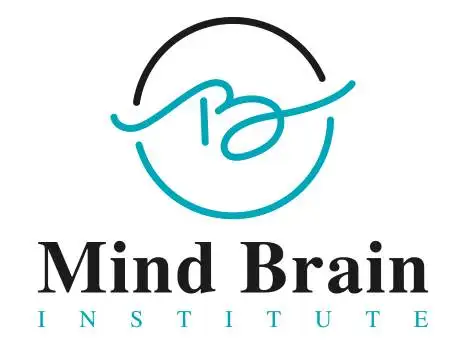
- Posted By MindBrain
- Comments 0
The Neuroscience of Chanting in Obsessive-Compulsive Disorder (OCD) Introduction
Obsessive-Compulsive Disorder (OCD) is a mental health condition characterised by persistent, unwanted thoughts (obsessions) and repetitive behaviours (compulsions). These compulsions are performed to alleviate the distress caused by obsessions, but they often provide only temporary relief and can significantly interfere with daily life. Traditional treatments for OCD include cognitive-behavioural therapy (CBT) and medication which may not be always effective . However, recent research has begun to explore alternative and complementary therapies, including the practice of chanting.
The Practice of Chanting
Chanting involves the repetitive vocalisation of sounds, words, or phrases. This practice is rooted in various spiritual and religious traditions, such as Buddhism, Hinduism, and Christianity. In recent years, chanting has gained attention for its potential mental health benefits, including stress reduction, improved focus, and emotional regulation. But what happens in the brain during chanting, and how might it help individuals with OCD?
Also Read: Unraveling Obsessive-Compulsive Disorder: TMS Treatment and the Role of Supplementary Motor Area
Neuroscience Behind Chanting
1. Activation of the Parasympathetic Nervous System:Chanting can stimulate the parasympathetic nervous system, which is responsible for the body’s “rest and digest” functions. This activation helps counteract the stress response, reducing overall anxiety levels. For individuals with OCD, this calming effect can help diminish the urgency of compulsive behaviours driven by anxiety.
2. Modulation of the Default Mode Network (DMN):The DMN is a network of brain regions that is active when the mind is at rest and not focused on the outside world. Overactivity in the DMN has been linked to rumination and obsessive thoughts, which are central features of OCD. Chanting can decrease DMN activity, leading to a reduction in obsessive thinking patterns.
3. Increased Gamma Wave Activity:Research has shown that chanting can increase gamma wave activity in the brain. Gamma waves are associated with heightened states of consciousness, cognitive functioning, and mental clarity. For individuals with OCD, enhanced gamma wave activity may help improve cognitive control over intrusive thoughts and reduce the compulsive need to perform rituals.
4. Release of Endorphins:Chanting can trigger the release of endorphins, the body’s natural “feel-good” chemicals. This can improve mood and provide a sense of well-being, which can be particularly beneficial for individuals with OCD who often experience significant emotional distress.
5. Enhanced Connectivity in Brain Networks:Studies have indicated that chanting can enhance connectivity between different brain regions, particularly those involved in emotional regulation and cognitive control. Improved connectivity can help individuals with OCD better manage their symptoms by enhancing their ability to regulate emotions and resist compulsive behaviours.
Also Read : Combining Ketamine Therapy with Yoga: A Holistic Approach to Mental Health
Conclusion
By modulating brain activity, reducing anxiety, and enhancing cognitive control, chanting can offer a holistic approach to managing OCD symptoms. As we continue to explore the neuroscience of chanting, it is crucial to integrate these insights into broader treatment frameworks to provide comprehensive care for individuals with OCD.


